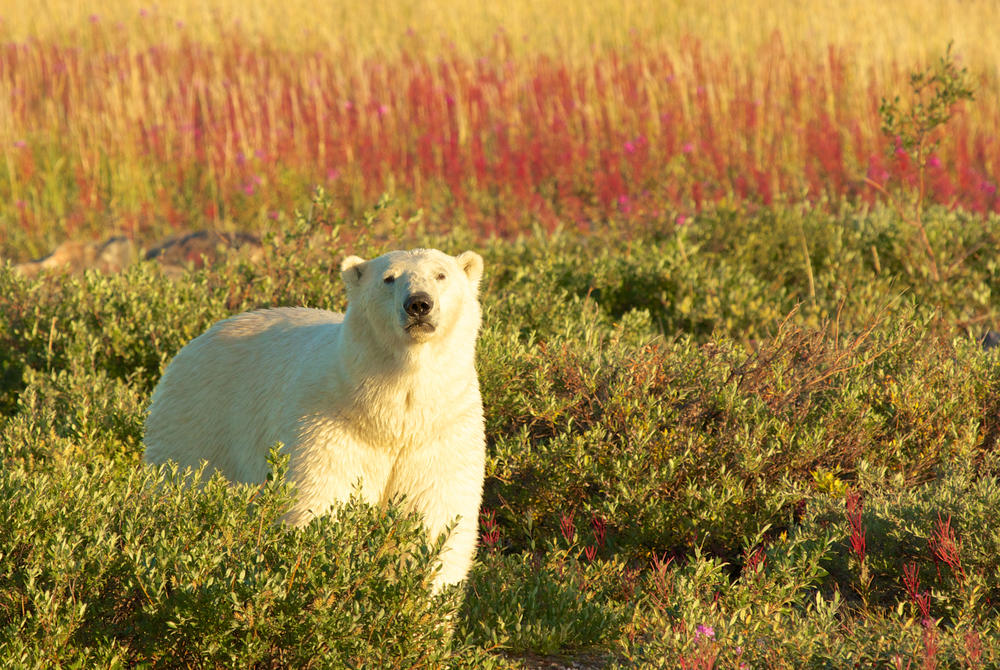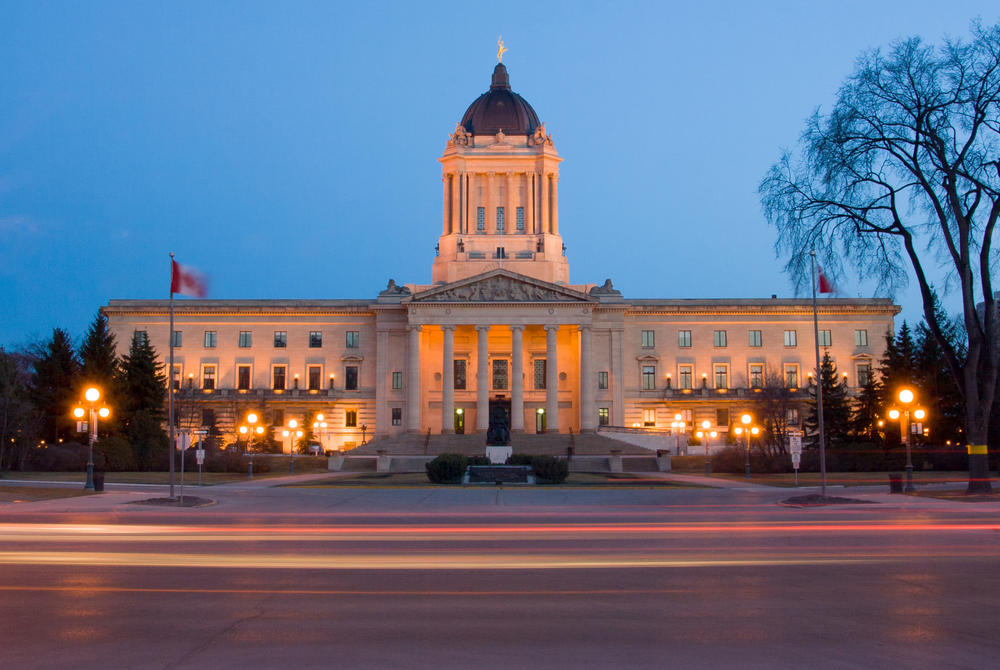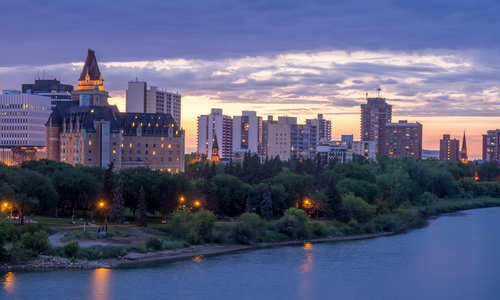Introduction
Manitoba and neighbouring Saskatchewan are regions of contrast, where polar bears and moose roam epic landscapes, from provincial parks to enormous lakes and whitewater rapids.
Manitoba is equally enticing in both summer and winter, with its forests, mountains, farmlands and prairie stretching north from the US border, past Winnipeg’s big-city sophistication to the desolate western shores of Hudson Bay. Here, amid the Arctic tundra, polar bears and beluga whales come to feed and, in winter, the technicolour swirls of the Northern Lights can be seen dancing in dark skies overhead. Over the border lies Saskatchewan, all provincial and national parks, dense forest trails, rolling fields and freshwater lakes among quaint communities, with a rich First Nations history.

Outdoor adventure
Saskatchewan's grasslands, rugged Canadian Shield plateau and lakes form the ideal platform for outdoor exploration, with the million-acre Prince Albert National Park showcasing vast boreal forests and parklands, where you'll spot wolves, bison, moose and hare among the prairie expanse. Canoe or kayak its lakes in the summer months, and when winter blankets the landscape in a silent canopy, head skiing in the vast backcountry. Manitoba's freshwater Lake Winnipeg offers chances to while away the hours among sandy beaches, while its northern reaches afford the chance to explore the ‘Polar Bear Capital of the World' – Churchill, also a hotspot for bird and whale watching along Churchill River and Hudson Bay.

Historic sites
Learn about the First Nations history at The Royal Saskatchewan Museum, delve into the Ukrainian heritage of Winnipeg or explore a number of the Hudson's Bay Company's historical sites near Churchill. Discover the struggles between British and French divisions in Canada at the Fort Walsh National Historic Site, the Bell of Batoche and the rugged caves of the Big Muddy Outlaw Caves, which once provided hiding places for outlaws crossing the border to the US in the 19th century.




















